
Business
19:19, 11-Sep-2017
Five key points to take away from China's Top 500 Enterprises 2017
Nicholas Moore
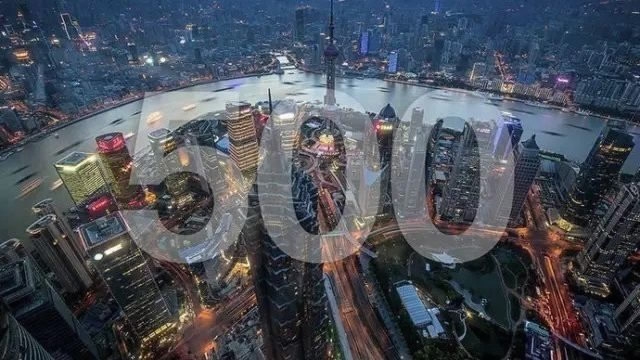
Sunday saw the release of the 2017 Top 500 Enterprises of China list, giving an insight into the changing face of the country’s economy, as it looks to engineer a move away from a manufacturing-led framework to a services-oriented model.
Here are five key points to take away from this year’s list, and why you should care about them.
64 trillion yuan: The list is enormous
This year the combined revenue of the Top 500 Enterprises peaked above 60 trillion yuan for the first time, hitting a height of 64 trillion yuan (9.88 trillion US dollars). To put that number into perspective, the Top 500 are worth the equivalent of 86 percent of China’s GDP.
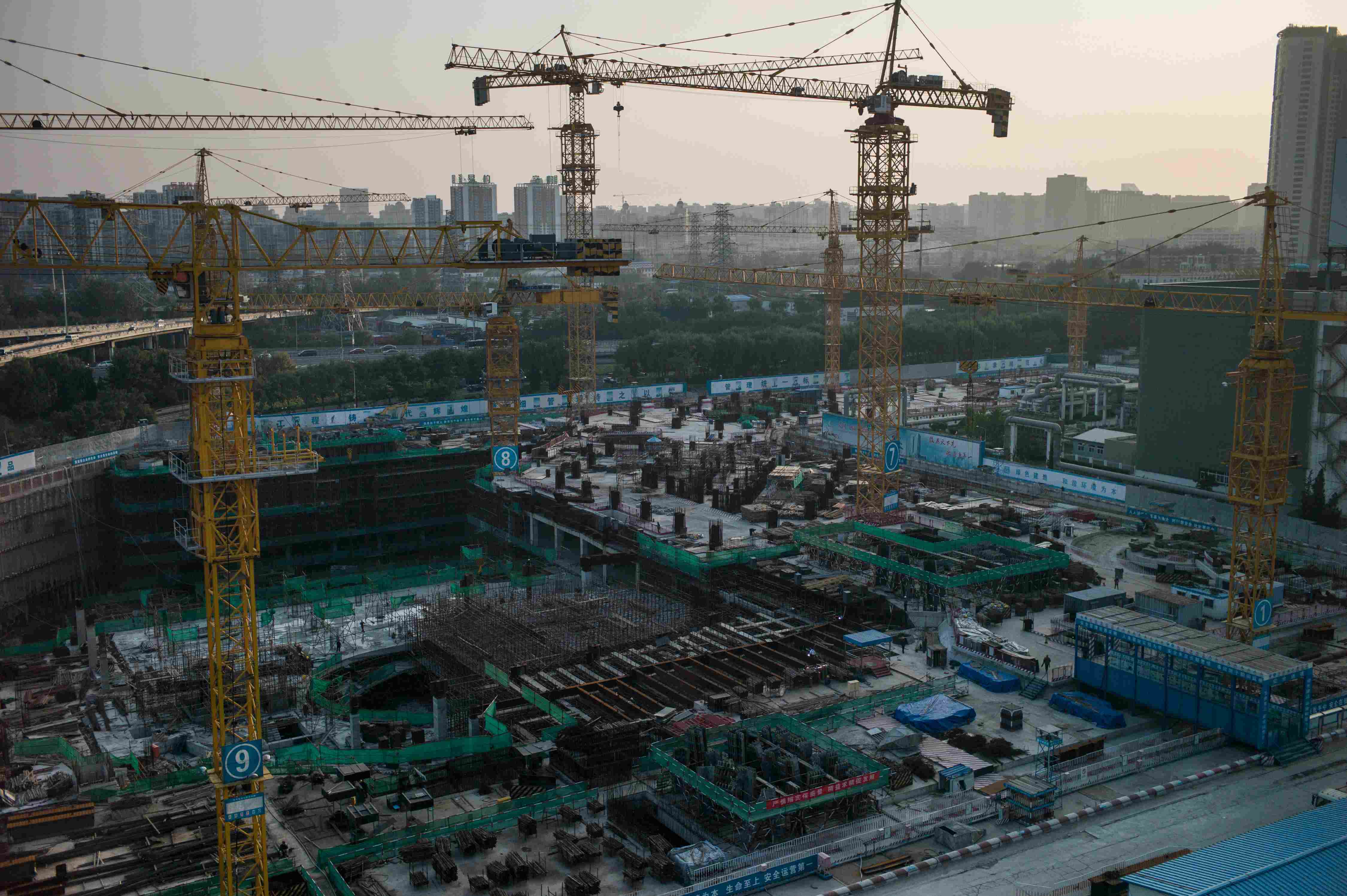
A construction site owned by State Grid Corporation of China, in Beijing on October 17, 2016. /AFP Photo
A construction site owned by State Grid Corporation of China, in Beijing on October 17, 2016. /AFP Photo
Five new enterprises joined the list’s “100 billion yuan revenue club,” currently made up of 156 companies. The top-ranked enterprise – the State Grid Corporation of China – has an operating income of more than two trillion yuan (306.9 billion US dollars) – second only to Walmart, the world’s largest enterprise.
Manufacturers' numbers deplete
245 out of the Top 500 Enterprises are manufacturers – the first time that they have represented less than half of the list. However, revenue for those 245 manufacturers is up by 5.25 percent, the first increase in profits in six years.
Policies in recent years aimed at cutting overcapacity and restructuring China’s heavy industries had put the steel, coal, chemicals and metals industries into a state of decline, but 2017 has seen them on the rise again.
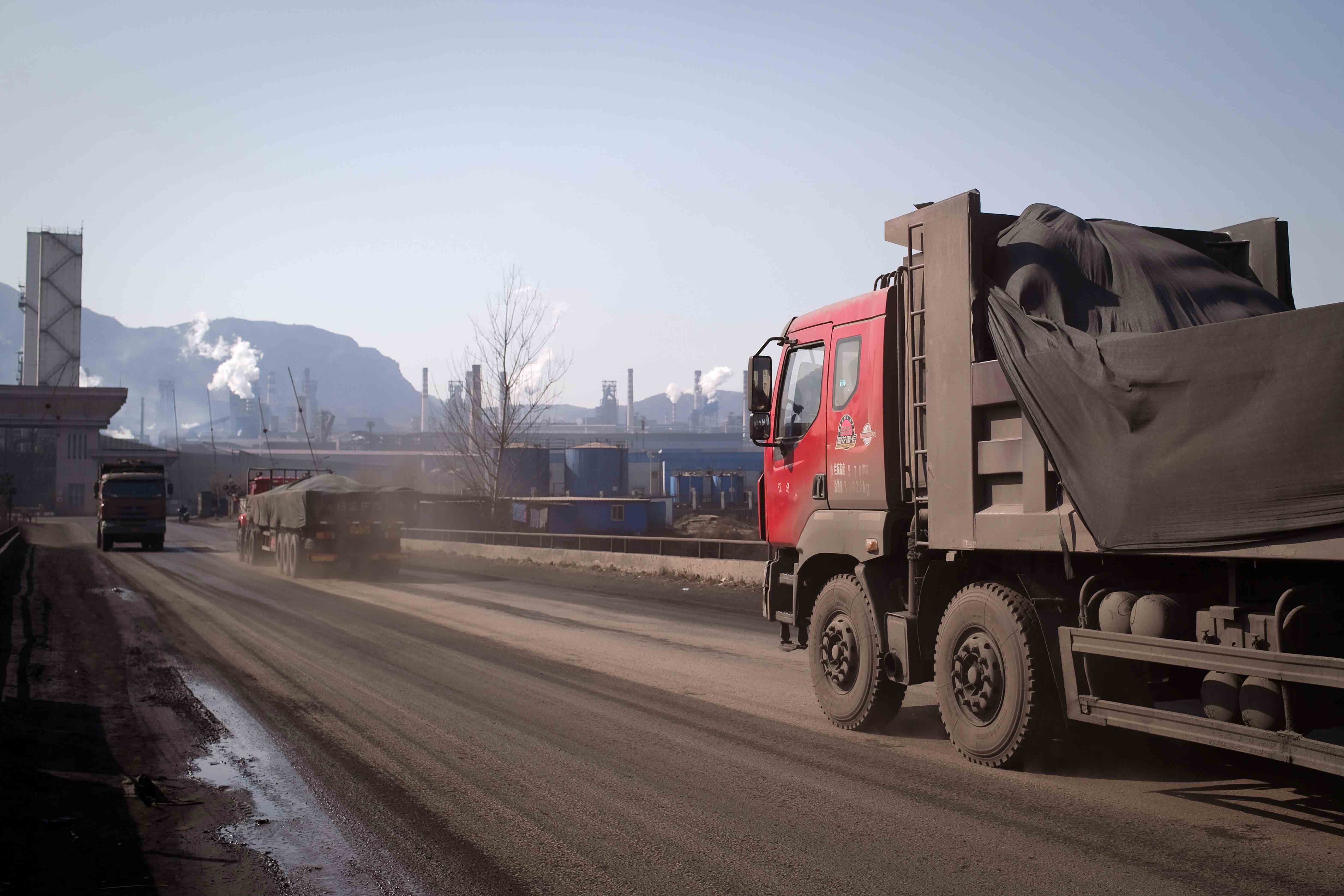
A truck loaded with coal drives towards a steel factory in Tangshan on March 2, 2017. /AFP Photo
A truck loaded with coal drives towards a steel factory in Tangshan on March 2, 2017. /AFP Photo
This correlates with data from the National Bureau of Statistics, which showed coal and steel output both increasing by five percent in the first half of this year, and aluminum rising nine percent year-on-year.
More private enterprises than ever
226 of the Top 500 are private enterprises – a new peak that can be put down to greater business performance (39 of those private enterprises saw revenues over 100 billion yuan), as well as reforms to state-owned enterprises.
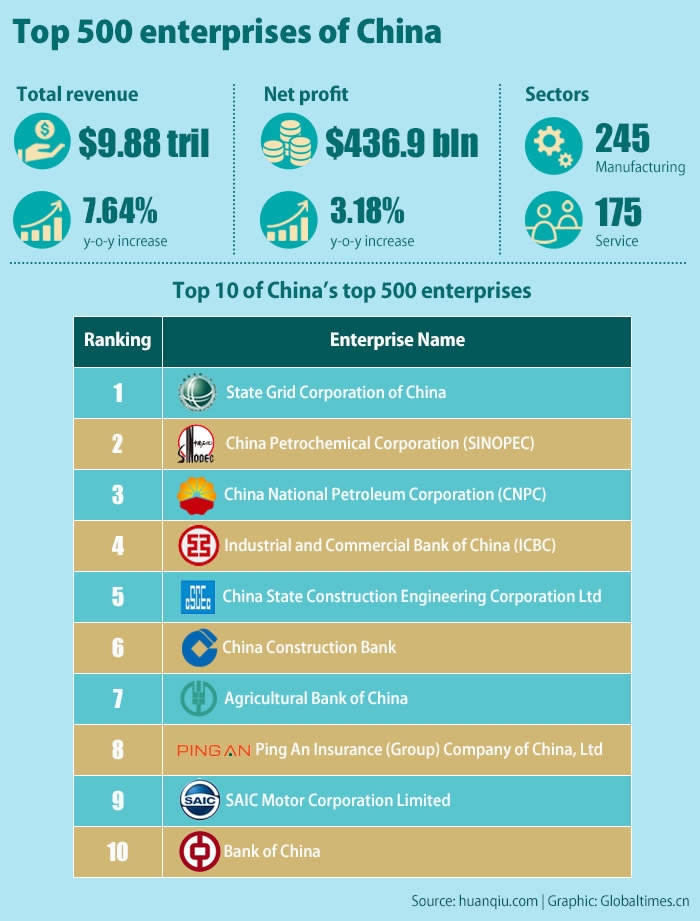
Global Times Photo
Global Times Photo
Since 2012 China has seen mergers between 30 central SOEs, with the State Council’s website stating in late August that “fresh progress has been made in China’s SOE reform following a merger… between China’s major power generator China Guodian Corporation and coal producer Shenhua Group.”
Internet, tech giants make their mark
Tech platforms like Alibaba, Tencent, Baidu and JD.com are among some of the more familiar names on the Top 500, with tech and software enterprises counting for 20 of the names on the list.
While 103rd-placed Alibaba’s 2016 revenues of 158.27 billion yuan (22.96 billion US dollars) pale in comparison to the State Grid’s two trillion yuan, Jack Ma’s Internet giant saw profits expand by 56 percent. Alibaba entered the Fortune Global 500 alongside Tencent and JD.com in 2017, and tech is expected to make a much bigger impact on the China Top 500 Enterprises List in the years to come.
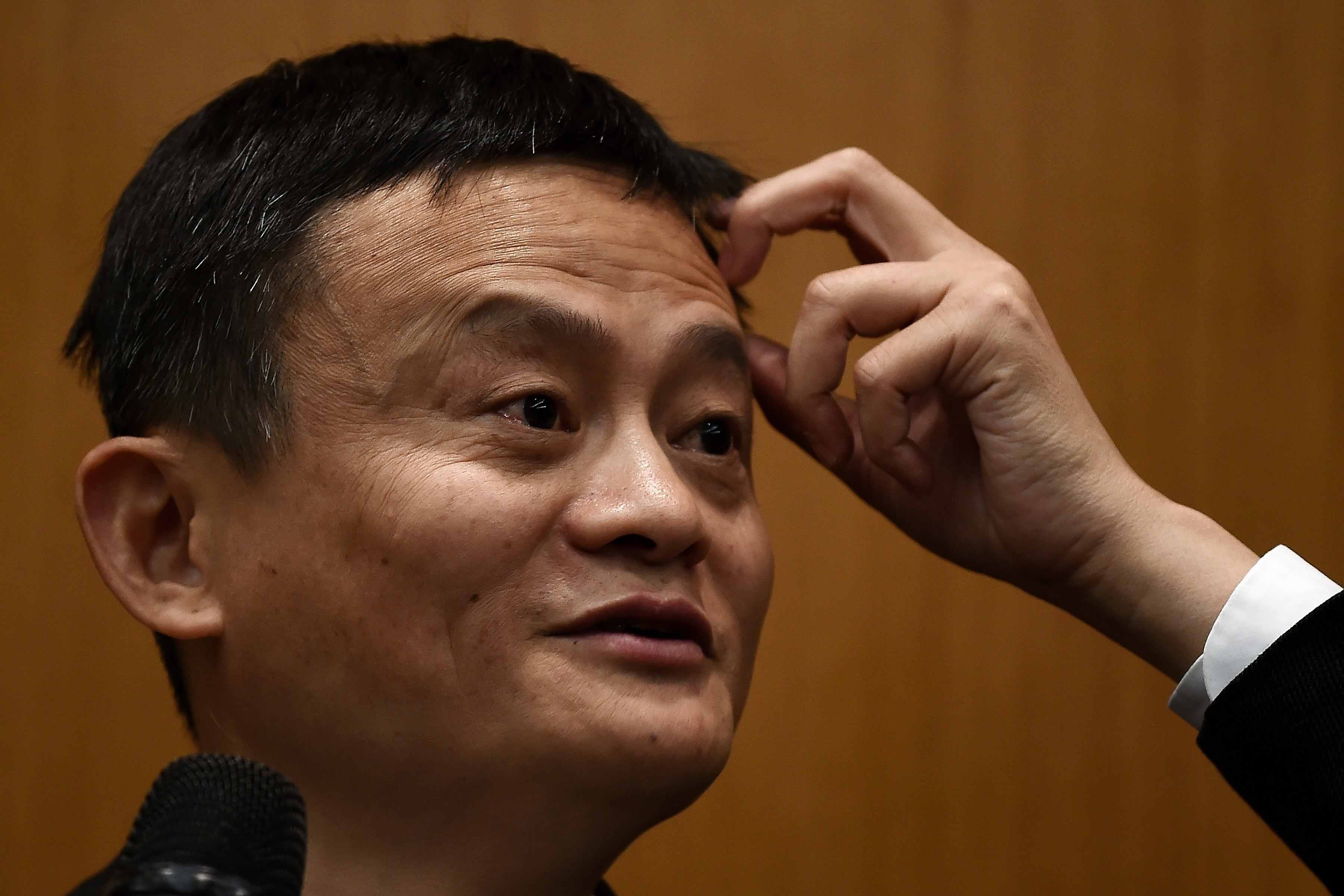
China's Alibaba Group founder and executive chairman Jack Ma in Kuala Lumpur on March 23, 2017. /AFP Photo
China's Alibaba Group founder and executive chairman Jack Ma in Kuala Lumpur on March 23, 2017. /AFP Photo
First drop in losses since 2013
43 of the Top 500 enterprises reported average losses of 8.6 percent compared to the previous year, 14.4 percent lower than last year. This was the first reported drop in losses for the Top 500 since 2013, with all of the loss-making enterprises in the steel, coal, chemicals and metals sectors.
The fall in losses correlates with the increased output of steel and coal mentioned above, while the industries affected by losses reflect the overcapacity cuts made in recent years directly affecting those sectors.

SITEMAP
Copyright © 2018 CGTN. Beijing ICP prepared NO.16065310-3
Copyright © 2018 CGTN. Beijing ICP prepared NO.16065310-3